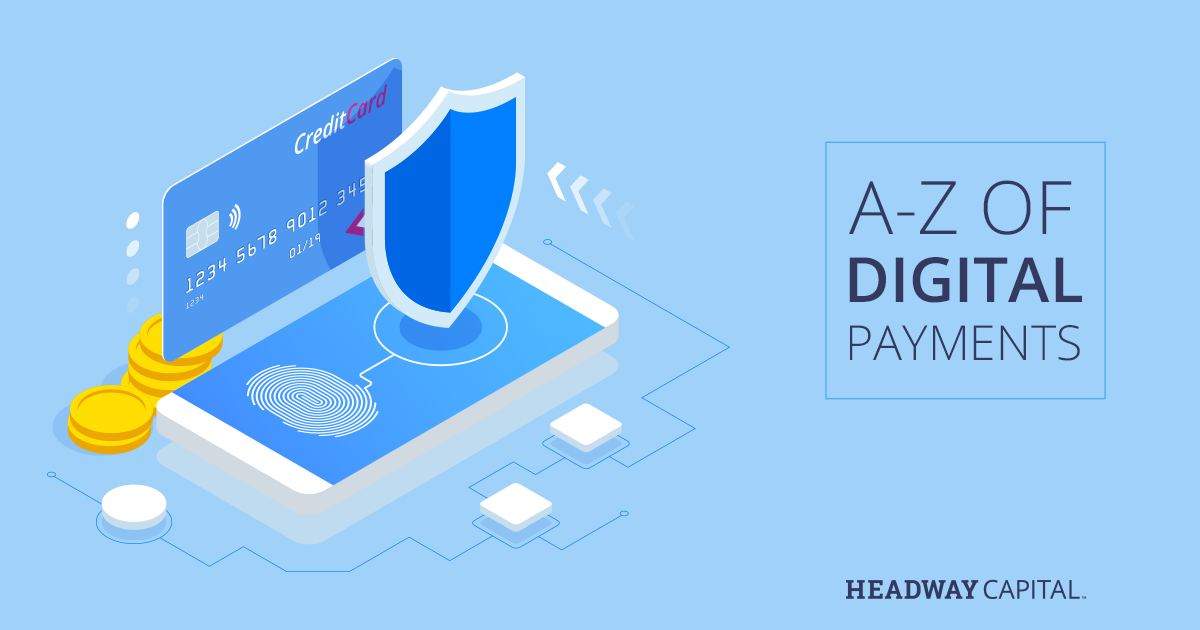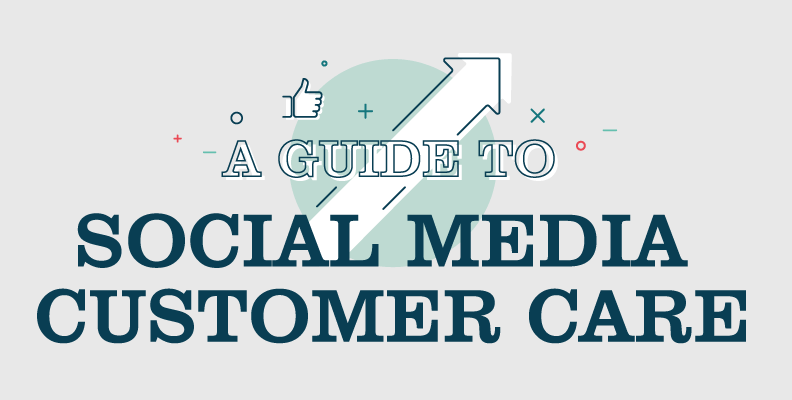Monthly Challenge: Improve Your Business’s Online Presence
Whether you’re just starting your small business, or you’re a seasoned veteran, sculpting the right online presence can be a challenge. For the new entrepreneur, you may not even have your brand established. For the experienced small business owner, you may feel confident in your brand but unsure how it will translate into the digital space. Any business owner may struggle with where to even start!
We’ve pulled together some crucial elements of online branding that can help guide you as you build your online presence. Bear in mind that these things can take time, just like any relationship. It’s how people interact with you, get to know you and trust you. Work through this process to build the right digital identity for your business and spread awareness of your product or service.
Get Back to Basics
If you have an existing presence online, the first thing you must do is audit it. Create a spreadsheet and log all the information that appears on Facebook, Yelp, Google Local Listing, Trip Advisor, etc. — photos, hours, even the way your address appears. Take the time to comb through each one to ensure that all of your information lines up and decide where you may need to discard outdated information, especially photos. Conflicting information can be frustrating to a customer. Even if your information is accurate on your website, if it differs from what it lists on another site the customer will be unsure. There is one trait that all customers want in a business: reliability. Hosting differing information across the web looks sloppy and will leave a negative impression of your online presence.
Focus Your Efforts in the Appropriate Places
After you’ve cleaned up your existing profiles, decide which social channels you want to focus your efforts on. Unless you have an employee dedicated solely to social media, it’s unlikely that you can keep up with Facebook, Twitter, Instagram, YouTube, Snapchat, Google+ and any other platform that may pop up in the future. If you choose to sporadically post across all of them, your brand may come across as thin and non-committal — the effort you put into your online presence won’t get the results you seek.
Instead, concentrate your efforts on the two to three platforms that best align with your brand voice (more on that below). For example, a makeup artist would best be represented by visual platforms that rely more on “show” and less on “tell.” Instagram would be a great first choice, followed by something like Facebook (making it easy to message new clients) and YouTube (where the artist can post makeup tutorials and demonstrate their skills). By honing in on the social platforms that best fit your brand, you’re able to take the time to post more frequently and consistently, helping to build a genuine voice your customers can rely on.
Establish the Voice of Your Brand
Every brand has a personality. When you think of a brand like Red Bull, you probably think of something silly and fun — is it because energy drinks are inherently humorous? Not quite, but Red Bull markets it that way through its social media platforms and ads that air on TV and YouTube. Other brands like Brinks Home Security take a more serious approach, demonstrating their trustworthy qualities because they want you to associate their brand with safety and security. If either brand tried to mimic the other’s identity, their voice wouldn’t align with their product.
To establish the voice that best fits your business, think of three to five terms you want people to associate with your brand. Don’t be afraid to be fun if it’s appropriate! Now, think of a close friend or even a celebrity persona that matches those qualities. For example, say you own a travel-based business. When customers think of your business, you want them to think of someone that’s worldly, friendly, reliable and fun. Those qualities remind you of actor Hugh Jackman — a funny, charismatic Australian. That person, whether someone you know or a public personality, is now your checkpoint for everything that you share in the digital space. If you are unsure whether a tweet lines up with your brand voice, picture that content coming from that person. Does it fit? Or does it seem strange coming from that person? If it aligns, you’re good to go! If it would seem out of place, try reworking it.
Benefit the Customer
Once you’ve cleaned up existing profiles and established how you want to communicate to your customers, you need to decide what you want to share. No matter your industry, customers will want to know how your product or service could benefit them. While there are a variety of things you could share and various mediums to do it, they all should consistently provide value to your customer.
What sorts of things provide value? It could be as simple (and literal) as promoting a special that could help save the customer money. It could also be something less tangible that still benefits them. For example, if you own a craft shop, you can establish yourself as an expert by posting a short DIY video. You are providing the customer with the peace of mind of knowing that they are purchasing what they need from someone who knows what they’re talking about. Demonstrations such as these can also build trust because the customer feels like you’re not just in it for the sale but like to share your passion in a genuine way. Building your brand’s credibility benefits the customer and thereby benefits you.






